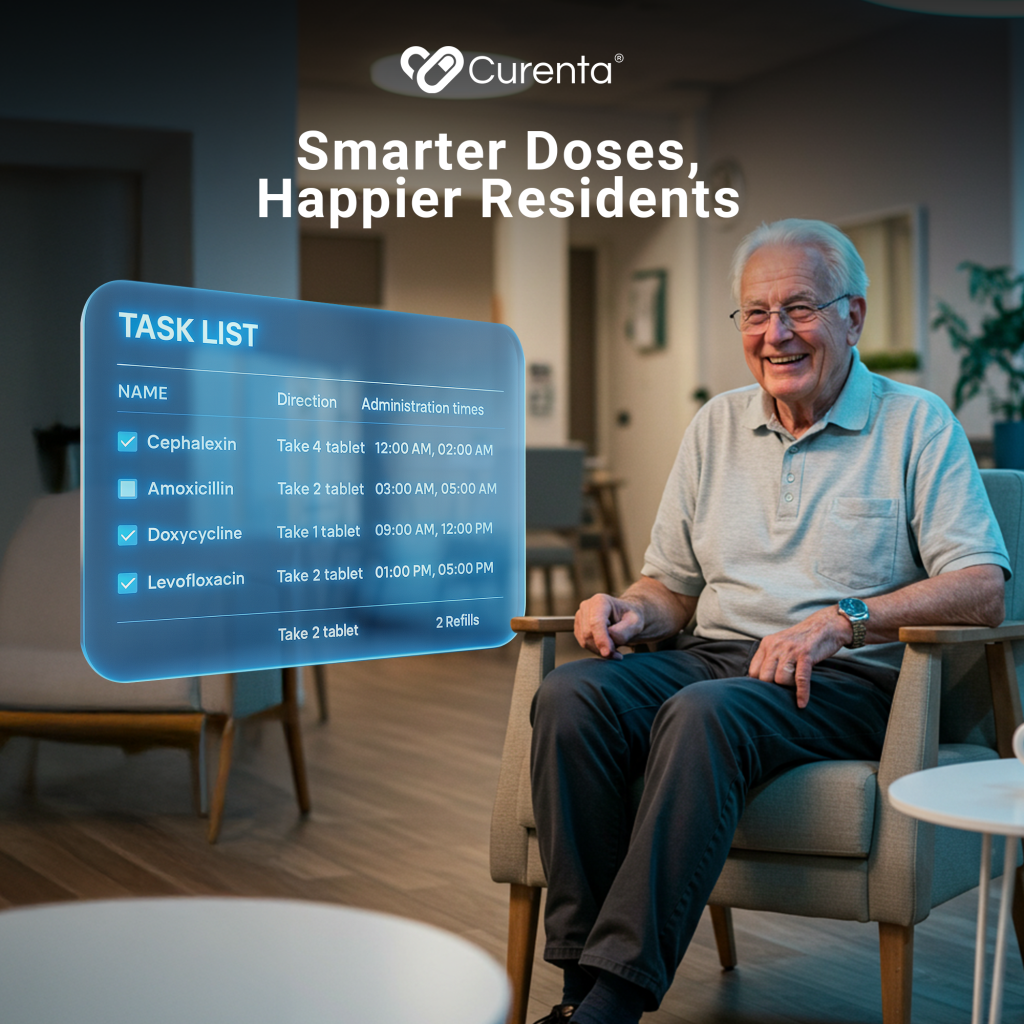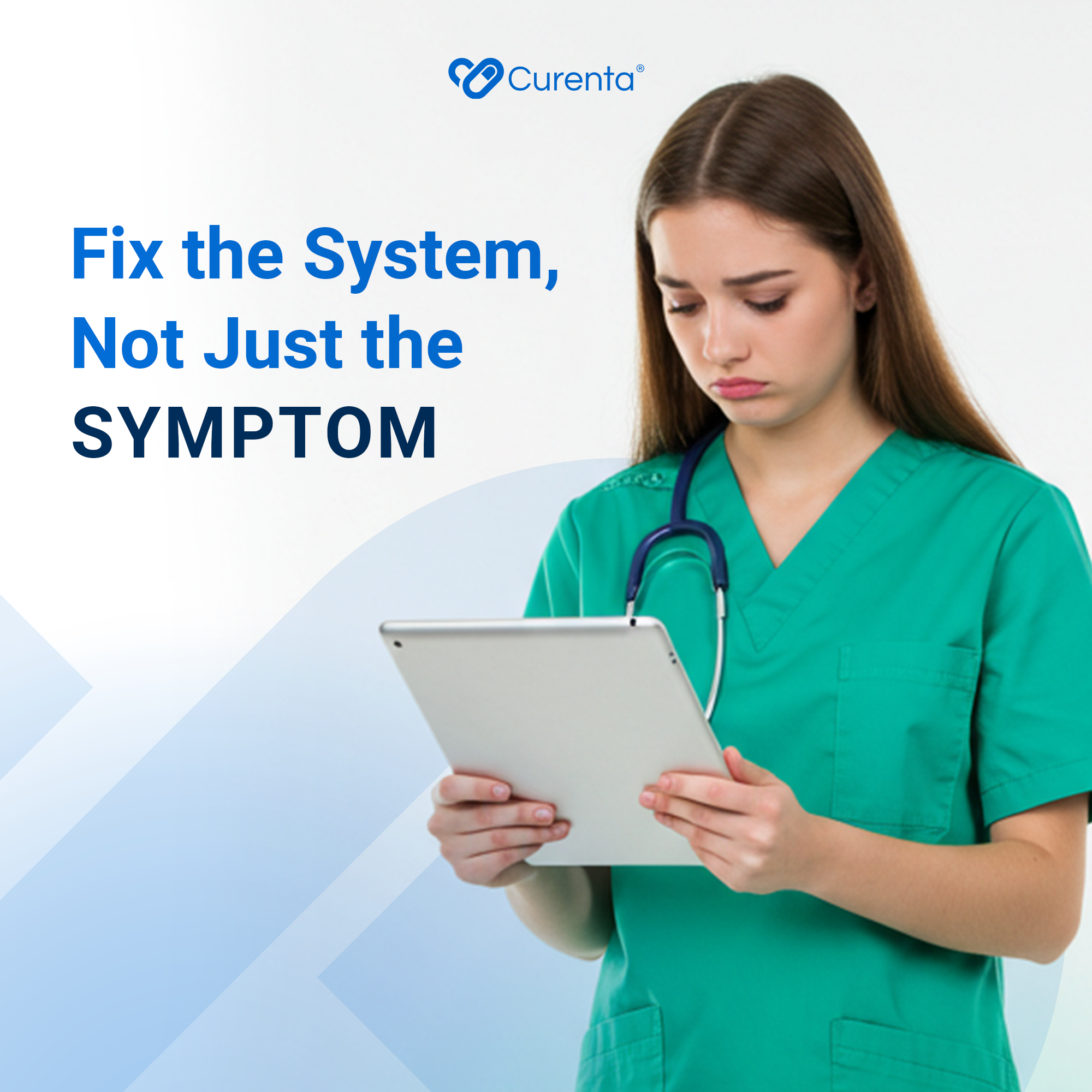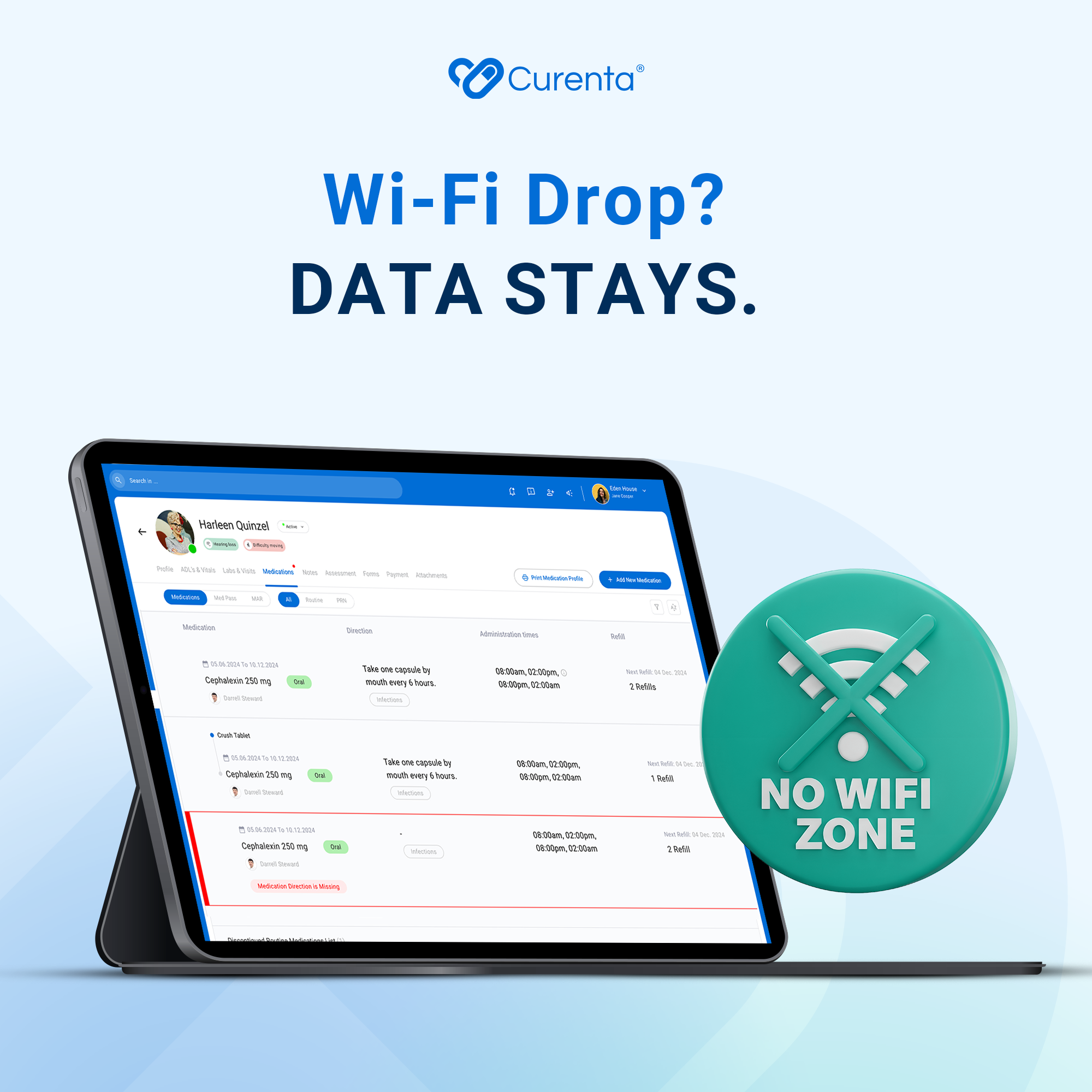Introduction
Imagine living in a community where each day follows a smooth rhythm, and taking care of health needs is as simple as making a cup of coffee. In assisted living facilities, creating such a seamless experience is crucial for both staff and residents. That’s where AI-powered EMR systems step in, turning what seems complex into manageable tasks. These advanced systems are skilled at handling medication management, playing a big role in ensuring that residents receive the right care at the right time. Simple and efficient, they make life easier for caregivers and create a safer environment for everyone.
At the heart of an assisted living community, medication management plays a fundamental role. Without the right tools, managing different medicines can become a challenging task, leading to potential mix-ups. That’s why it’s so important to have a smart, reliable solution in place. AI-powered EMR systems transform how medication is managed, reducing the chance of errors and ensuring that residents get the care they need. The focus is on making daily tasks easier, supporting caregivers with reliable technology that handles the tricky parts of medication management.
How AI-Powered EMR Simplifies Medication Management
AI-powered EMR systems are like digital organizers, but with a lot more brainpower. This software keeps track of medication details and schedules, reminding caregivers when it’s time for residents to take their medicine. It works by collecting all the important information about medications in one place, allowing easy access and reducing the chances of mistakes. Instead of sifting through paperwork, caregivers can quickly check or update a resident’s medication plan with just a few clicks.
One of the best features is how these systems automate processes. They handle a big part of the work that usually falls on human shoulders, letting staff focus more on quality care and interaction with residents. For example, if a resident’s medication schedule changes, the EMR system can automatically update all the necessary records. This ensures everyone is on the same page and the right doses are given at the right times.
Consider a situation where a resident has multiple prescriptions. Keeping track of all these could become tricky over time, but with an AI-powered EMR, the software ensures caregivers don’t miss a beat. Here’s what it helps with:
– Displays clear medication schedules for each resident
– Sends alerts or reminders for upcoming medication times
– Flags possible drug interactions to prevent adverse effects
– Simplifies the process of adjusting doses or changing medications
In essence, these systems are like invisible helpers in assisted living facilities, offering peace of mind by ensuring medications are managed accurately and timely. Caregivers can rely on technology to take care of the details, freeing them up to spend more meaningful time with residents.
Reducing Medication Errors
Medication errors can happen easily, especially in an environment with multiple residents and caregivers. Even the most experienced caregiver can find themselves faced with errors if systems are not in place to support them. These mistakes often involve giving the wrong medication, an incorrect dose, or missing a scheduled time. Such errors can impact a resident’s health significantly.
AI-powered EMR software helps minimize these risks by acting as an extra set of eyes. It checks and cross-checks every step of medication management to prevent errors before they happen. When a caregiver inputs a new medication into the system, EMR can alert them to any potential issues, like drug interactions or incorrect dosages. This adds a critical safety net, ensuring everything from prescription details to administration times is accurate.
Moreover, having all the information centralized and easily accessible allows caregivers to double-check records swiftly, which is a huge step in preventing errors. For example, if a caregiver needs to verify a medication’s dosage, the system provides rapid access to the most current information, making accurate administration straightforward.
In a nutshell, using AI-powered EMR in assisted living not only enhances medication management through organized data but significantly prevents mistakes, adding a layer of safety that manual systems can struggle to match.
Enhancing Compliance And Streamlining Operations
Keeping up with changing rules and paperwork can slow down daily operations for caregivers and administrators. When medication rules shift or new plans are put in place, staff need a clear way to manage updates without adding more stress to their day. This is one of the most helpful ways AI-powered EMR steps in—it allows these updates to happen quickly and with fewer chances for mistakes.
Compliance doesn’t just mean checking boxes. It often involves documenting when and how medications are given, making sure schedules are followed, and storing that information in a way that can be easily reviewed later. With AI-powered EMR, these steps are often automated. The system tracks medication administration in real time and keeps detailed records, so staff don’t have to manually enter everything.
Here’s how it helps operational flow:
– Captures and logs each medication event so staff can review history instantly
– Updates automatically when changes are made to dosing or schedules
– Sends alerts if medications are missed or recorded incorrectly
– Makes staff training easier by offering a consistent, user-friendly platform
When technology handles the background tasks like data entry and monitoring, care teams can use their time more effectively. Instead of flipping between paper logs and whiteboards, they can view everything in one place. That kind of convenience doesn’t just save time; it reduces stress and lets caregivers pay more attention to residents. It can even cut down on miscommunication between shifts. Each team member sees the same up-to-date information, which helps maintain a steady level of care throughout the day.
Improving Resident Care
How residents feel and function each day often connects to how smoothly medications are managed. When errors drop and caregivers have more clarity, care improves naturally. Residents may seem more energized or more willing to engage with others simply because their medications are working better for them. Fixing even small mistakes in timing or dosage can make a big difference.
Caregivers play a big role, and when their work becomes easier, that shows in the care residents receive. With AI-powered EMR, caregivers gain more confidence in the medicine they’re giving. They don’t have to second-guess whether a medication was already given or if schedules were adjusted. If something looks off, the system sends a warning or prompts a double-check. That helps avoid situations where residents might get skipped or given the wrong dose.
Take, for example, a resident who was prescribed a new medication last week. Instead of relying on memory or sticky notes, the system lists the new order clearly, along with the time it needs to be given. The caregiver gets a reminder and confirms the task once it’s complete. This reduces confusion, especially during busy shifts or staff handovers.
Medication management is more than just giving pills at the right hour. It affects how safe, respected, and cared for a resident feels. And when caregivers are supported, patient outcomes usually improve as well. They can focus on connecting with residents instead of worrying about paperwork or guessing about the next step in a medication plan.
Making The Transition To AI-Powered EMR
Switching to a new system can feel like a big change, especially when teams are used to doing things a certain way. But with a good game plan, the move to AI-powered EMR doesn’t have to be hard. While the software does the heavy lifting, preparing your team is what really makes the difference.
To make the transition smoother, start small. It helps to get familiar with the features and use them for a few residents before applying it across the whole facility. Many systems are designed to be used by folks who aren’t necessarily tech experts. The buttons are clear, the layouts are easy to follow, and most people pick it up with just a bit of practice.
Here are some simple ways to ease the shift:
– Assign a few team members to test the system and provide feedback
– Use the software for one area, like morning medications, before expanding
– Walk through a few sample cases together as a group
– Set up regular check-ins for questions during the first few weeks
It’s normal to have questions at the start, but the best part is that once the team gets used to it, the stress of tracking everything by hand fades away. Instead of always reacting to issues, staff can focus on staying ahead of them.
Harnessing The Benefits Of AI-Powered EMR
Change in any part of a care setting takes time, but when it leads to fewer mistakes, saved hours, and better experiences for residents, the effort often pays off. AI-powered EMR brings these benefits together by organizing medication tasks, helping teams avoid errors, and keeping everything running smoothly behind the scenes.
As medication management becomes more complex with a growing number of residents and new prescriptions, clear systems make all the difference. Caregivers can act quicker, administrators stay informed, and families get peace of mind knowing the details are covered. It brings more structure to medication tracking while building trust across the entire care team.
Looking ahead, adopting tools like AI-powered EMR doesn’t mean replacing the human part of caregiving—it means giving people the support they need to do their jobs well. With a stronger system in place, assisted living communities can create better outcomes while lightening the load on staff. It’s a smart step in the right direction for both safety and quality care.
To see how Curenta supports better care outcomes through smart tools, explore how our AI-powered EMR is designed for assisted living. This approach helps teams stay organized, reduce errors, and give caregivers the support they need to focus on what matters most.


